The ongoing conflicts in Europe and the Middle East require military professionals and national security experts to reexamine preconceived notions of war in the 21st century. Many predicted a rapid overthrow of the Ukrainian government by Russian forces in February 2022. Subsequently, the U.S. and NATO hoped last year’s Ukrainian summer counteroffensive would result in substantive gains. As of this writing, it has not.
The conflict has devolved into a multiyear struggle, with both sides entering defensive positions resembling Europe’s World War I battlefields. Similarly, the Israel Defense Forces’ efforts to clear urban terrain in Gaza of a well-entrenched Hamas are proving exceedingly difficult.
Limited regional conflicts have wide-ranging impacts and could, with any small miscalculation, spread rapidly. The last thing humanity needs is another conflict—particularly one in the Indo-Pacific, the most geostrategically important region of this century. China’s incremental, insidious and irresponsible activity could spark any number of flashpoints into a war nobody wants, including one over Taiwan.
With the January election of Lai Ching-te as Taiwan’s next president and the U.S. presidential election coming up in November, coupled with the increasingly aggressive actions of China’s People’s Liberation Army, the near term could yield the most tumultuous international security environment since the Cold War.
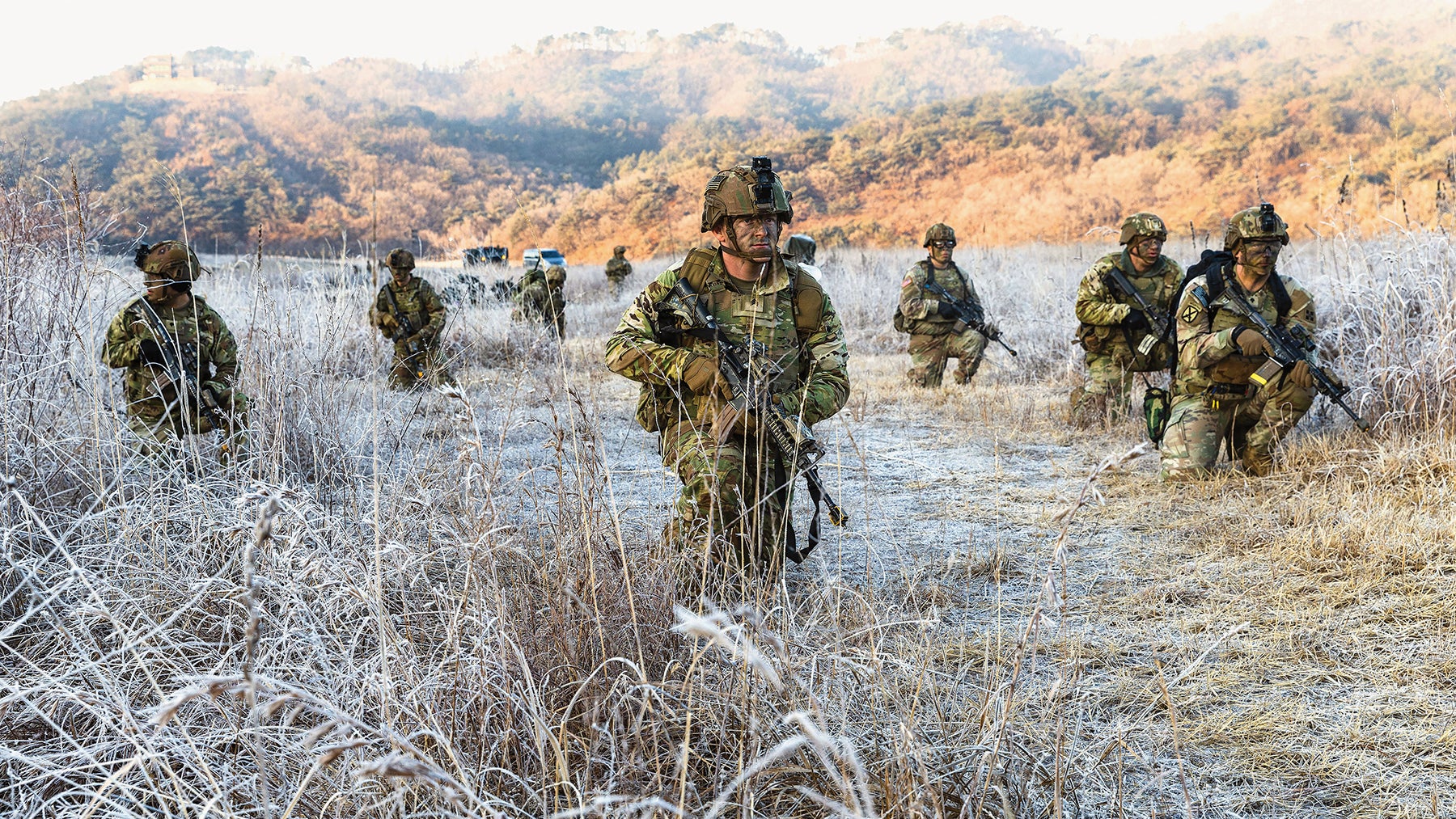
Alliance Advantages
Fortunately, as James Holmes, professor of strategy at the U.S. Naval War College, observes in a January essay on The National Interest website headlined “How America Can Beat China in a War,” alliances with key nations in the Indo-Pacific provide an advantage from the onset of potential conflict—namely, that U.S. allies and partners “already hold the key terrain that China covets.” The defender must hold the ground, and it is the soldier who is charged with defending terrain. The defense requires staying power, which calls for “joint interior lines” to project and sustain hard power in all domains.
The U.S. is not alone, and these activities fundamentally require the consent and support of others who share beliefs of stability, safety, security and a free and open Indo-Pacific.
Providing for the common defense is at the heart of the U.S. Army’s identity—seizing, holding and defending terrain is what armies do. Defending the Indo-Pacific’s key terrain poses unique challenges given the noncontiguous geography and nature of the threat, but it fundamentally requires the ability to deny the adversary use of key terrain. A friendly anti-access/area denial network is needed, mirroring China’s asymmetric approach.
Such a network significantly increases the cost and risk of an aggressor choosing military action, because it is based on the premise that “defense has always been the stronger form of warfare,” as Gen. James Rainey, commanding general of U.S. Army Futures Command, reminded us in an October interview with Breaking Defense.
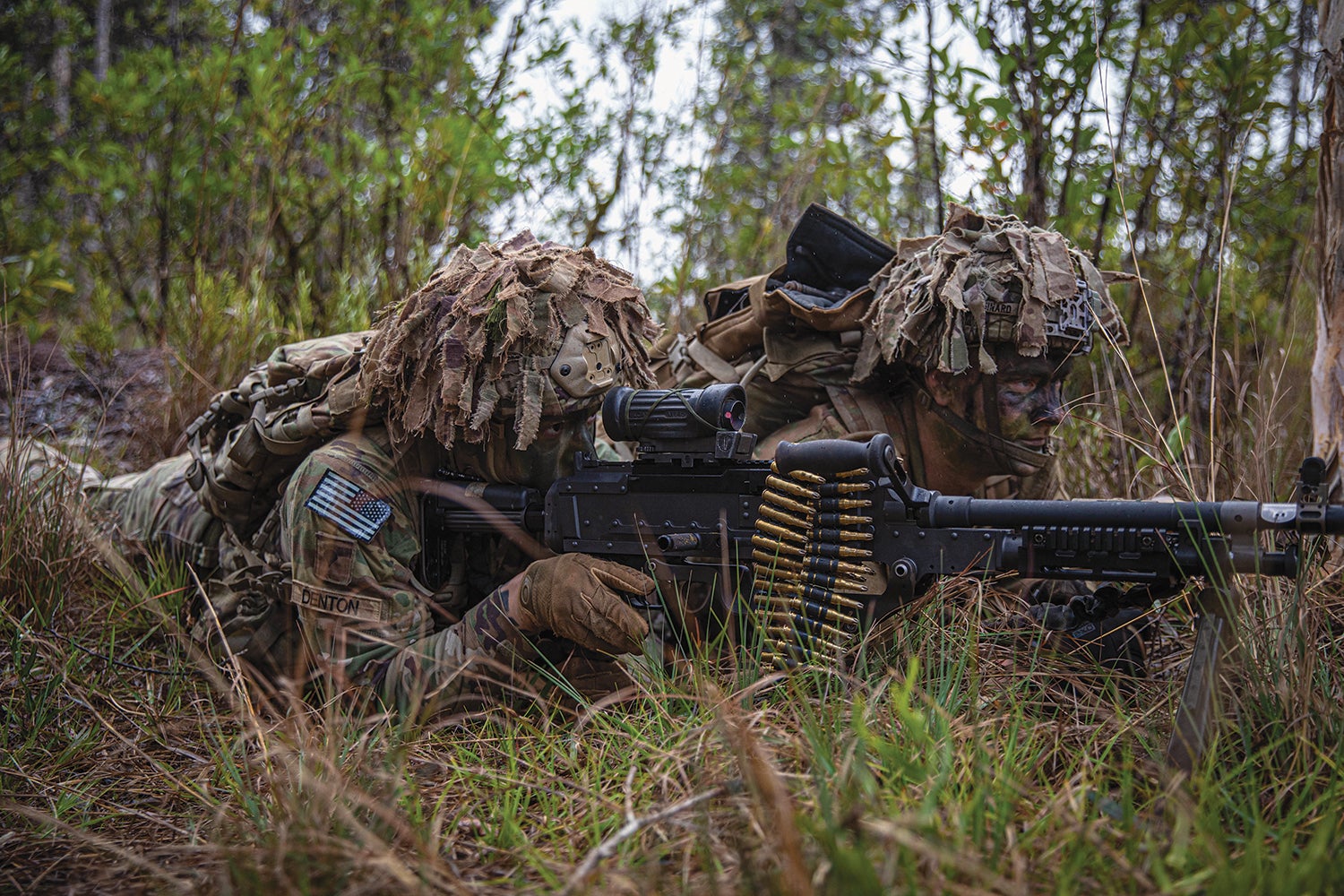
Difficult to Dislodge
The conflict in Ukraine demonstrates how an emplaced defense is difficult and costly to overcome, even with advanced offensive capabilities. In a January essay for the Foreign Affairs website titled “How Russia Stopped Ukraine’s Momentum: A Deep Defense Is Hard to Beat,” Stephen Biddle, adjunct senior fellow for defense policy at the Council on Foreign Relations and professor of international and public affairs at Columbia University in New York, notes how “the Russians had adopted the kind of deep, prepared defenses that have been very difficult for attackers to break through for more than the last century of combat experience.”
Historically, prepared defenses are difficult and costly for even the world’s most proficient militaries to overcome. Biddle adds how “the German Wehrmacht of World War II … commonly considered among the modern era’s most proficient armies … failed when confronted with deep, well-prepared Soviet defenses.”
Defenders can now sense their surroundings in real time given new technologies such as commercially available satellite imagery, applications that can track both civilian and military assets on the seas and in the air, and inexpensive commercial drones with increasing range, sensor ability and loitering munitions.
These systems, tied to emerging and open-source applications utilizing artificial intelligence, provide defenders a distinct advantage. The defender can sense and make sense of the environment in which they operate and greatly increase costs to those attempting to eject them. The attacker chooses the time and place, but it is the defender who dictates the tempo.
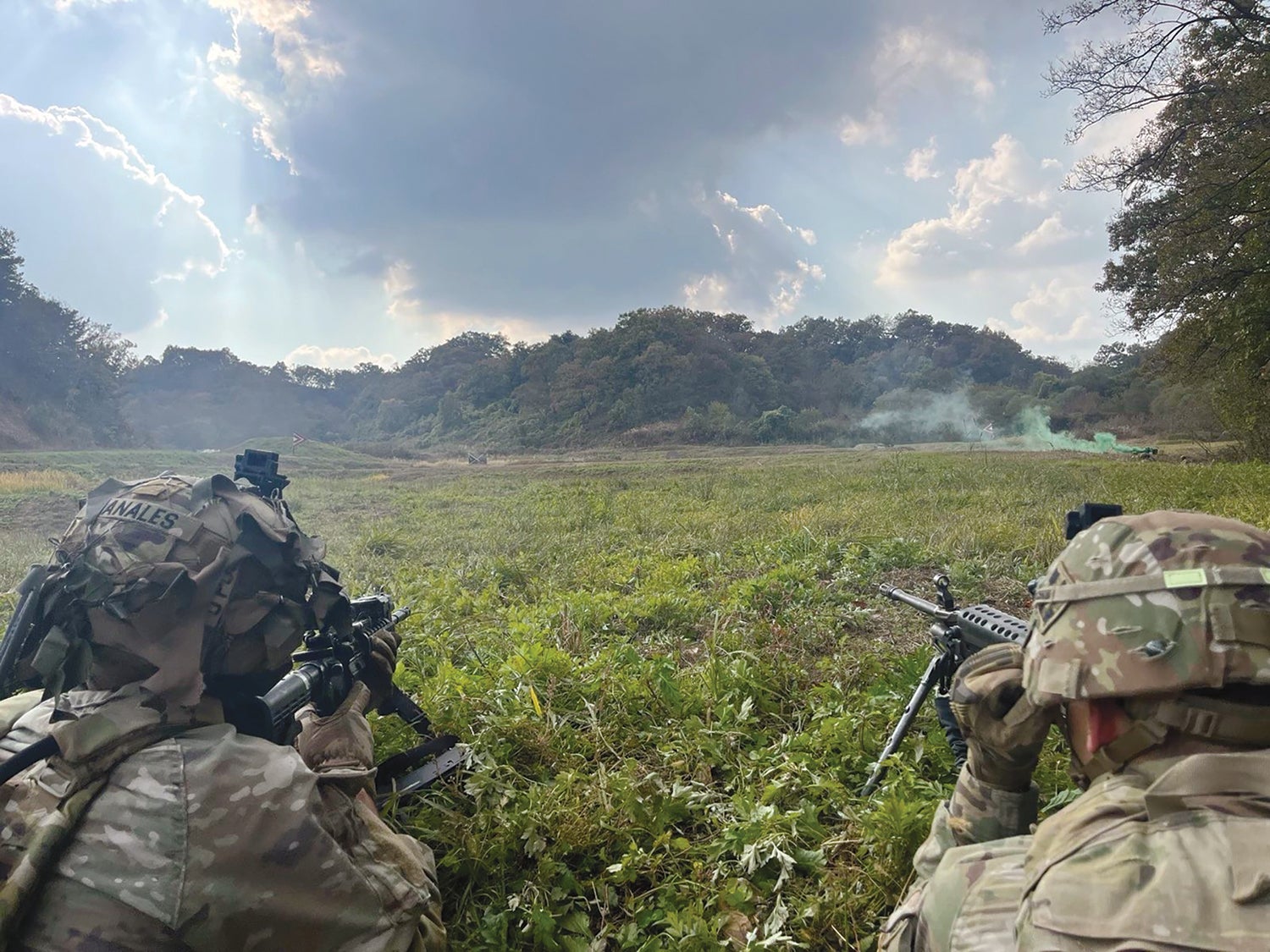
Winning the Day
In the July 2017 edition of Joint Force Quarterly, Marine Gen. Joseph Dunford, then the chairman of the Joint Chiefs of Staff, used a boxing analogy to explain his National Military Strategy. He described a “good boxer’s stance” as one that “conserves energy while keeping the fighter balanced, protected, and ready to throw quick, powerful punches.” He emphasized that the U.S. joint force must be in position with sufficient capacity to “take a punch” and continue fighting until adequate reinforcements arrive.
In October 1974, during the heavyweight championship boxing match dubbed “The Rumble in the Jungle,” Muhammad Ali famously goaded George Foreman into expending his energy in early rounds, while Ali conserved his ability to respond and dominate at a time and place where most advantageous. Ali landed a knockout in the eighth round. His endurance won the day more so than his striking power in early rounds.
Similarly, in the context of interstate war, an aggressive attacker expends more energy and resources against the defender. But the defender must be able to withstand repeated salvos of heavy blows.
The balance of primacy between the offensive and the defense arguably has shifted back and forth over the course of history. But T.X. Hammes, a distinguished research fellow at the National Defense University, observes in “The Tactical Defense Becomes Dominant Again,” an essay in the October 2021 issue of Joint Force Quarterly, that “emerging technologies are shifting the balance in conventional warfare back to the defense.” Unrestricted access to open-source and commercial satellite imagery, the proliferation of low-cost drones, other open-source intelligence and well-prepared positions have tipped the scales in favor of the defense.
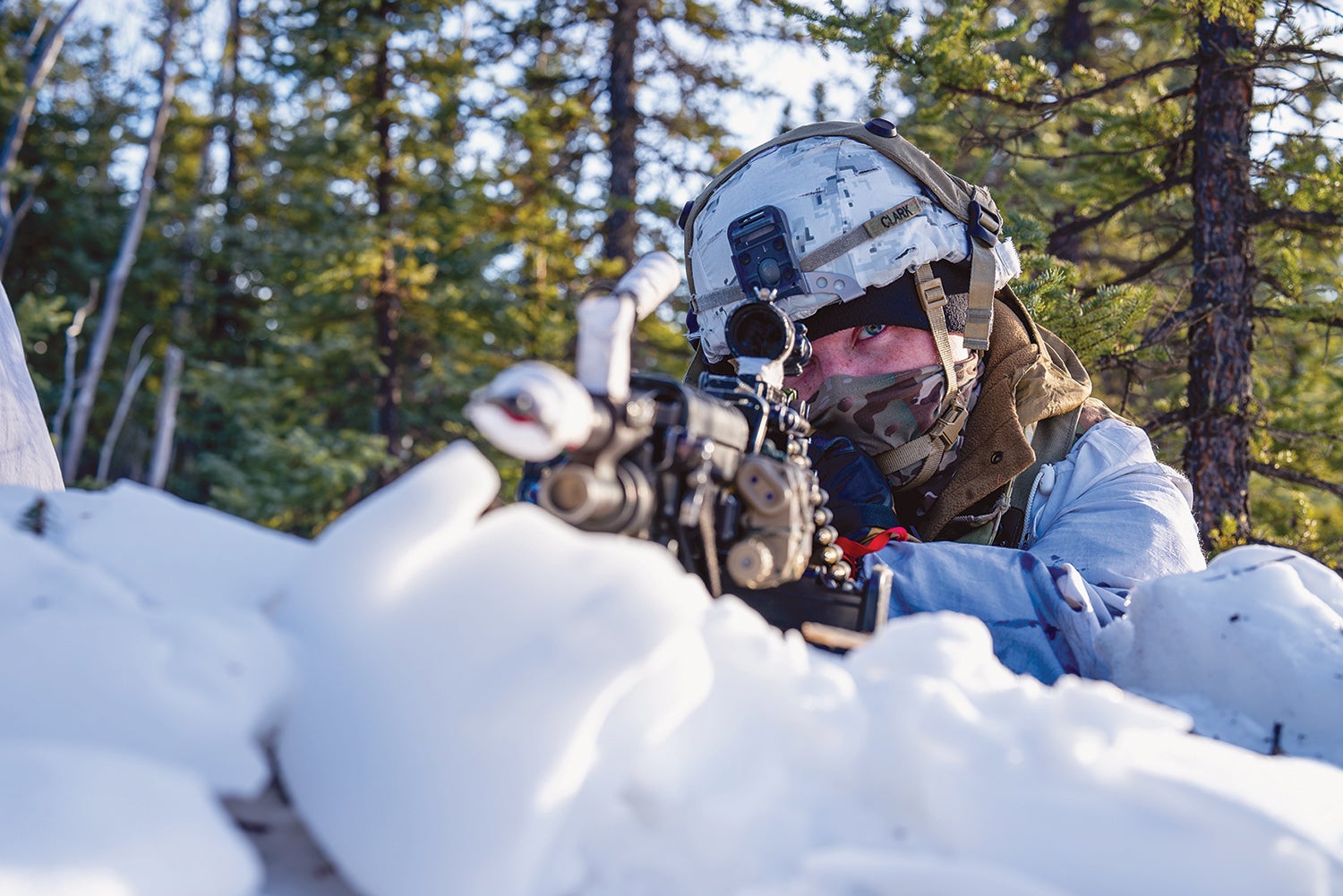
Key Terrain
Increased attacks on U.S. service members in the Middle East are troubling developments. Protecting America’s sons and daughters serving in harm’s way remains an imperative, but it’s important to note how doing so is part of a larger scheme serving national interests. “Mission first—people always,” as we used to say in the Army. The tactical defense must therefore allow for a strategic offense. Controlling the ground—key terrain—is paramount, but holding and defending vital areas requires credible means interwoven into defensive plans as part of a larger strategic framework.
For its part, the Army is deploying combat credible forces in support of efforts by U.S. allies and partners to improve their ability to defend their interests and territorial sovereignty.
U.S. Army Pacific’s Operation Pathways is a series of more than 40 annual exercises with allies and partners across the region. Through these events, the joint force builds readiness by training forward in the region while strengthening the confidence, capability and capacity of allies and partners to defend their homelands.
This training also provides an opportunity to forward-position materiel, equipment and key commodities in strategic locations to be used during training or in the event of a crisis, be it natural or man-made. These footprints, which focus heavily on logistics and other enabling functions, create the joint interior lines needed to support and sustain joint operations over time, into the latter rounds.
Essential Equipment
Furthermore, U.S. Foreign Military Sales and those of allies and partners (the Armed Forces of the Philippines recently purchased BrahMos missiles from India—a great leap forward for both nations) are integral to enabling the defense of other nations’ sovereign areas. U.S. equipment, including Patriot launchers; High Mobility Artillery Rocket Systems; tube-launched, optically-tracked, wireless-guided missile systems; Javelin anti-tank weapons; AT4 manportable anti-tank weapons; mines; and other defensive systems have proven their mettle in Ukraine.
While that same equipment has failed thus far to provide the necessary “breakthrough” while on the offensive, Biddle suggests a prepared defense-in-depth has always been too difficult to overcome. “During World War II, Allied armies with air superiority and crushing numerical advantages still failed against [deep, well-prepared] defenses in Operations Epsom, Goodwood, and Market Garden,” he writes in his Foreign Affairs essay.
An adequately trained and sufficiently equipped force can provide a robust and stubborn denial defense, that is, deny the enemy from seizing key objectives.
In the noncontiguous environment of the Indo-Pacific, the denial defense must be set now. Waiting for crisis or a conflict to start is too late.
First, the presence of a prepared defense significantly raises costs to an aggressor and may deter conflict in the first place. Second, should war occur, lacking a stout defense risks an early loss of key terrain, thereby reversing the strategic balance, imposing new risks and vastly expanding the means required to retake the lost ground. Third, a determined defender buys time and fixes the enemy, allowing for reinforcements to arrive.
Consider the United States’ early defeats during World War II in the Pacific. Pearl Harbor notwithstanding, losses in the Philippines not only yielded horrific events like the Bataan Death March, but also ceded strategic positioning to the enemy. It took the U.S. nearly four years, following full mobilization in an era before strategic weapons, to regain those areas. Considering how much the character of warfare has changed since, including the proliferation of strategic weapons and other new technologies, the costs of retaking lost ground may be unfathomable today. We must hold our ground by defending forward.
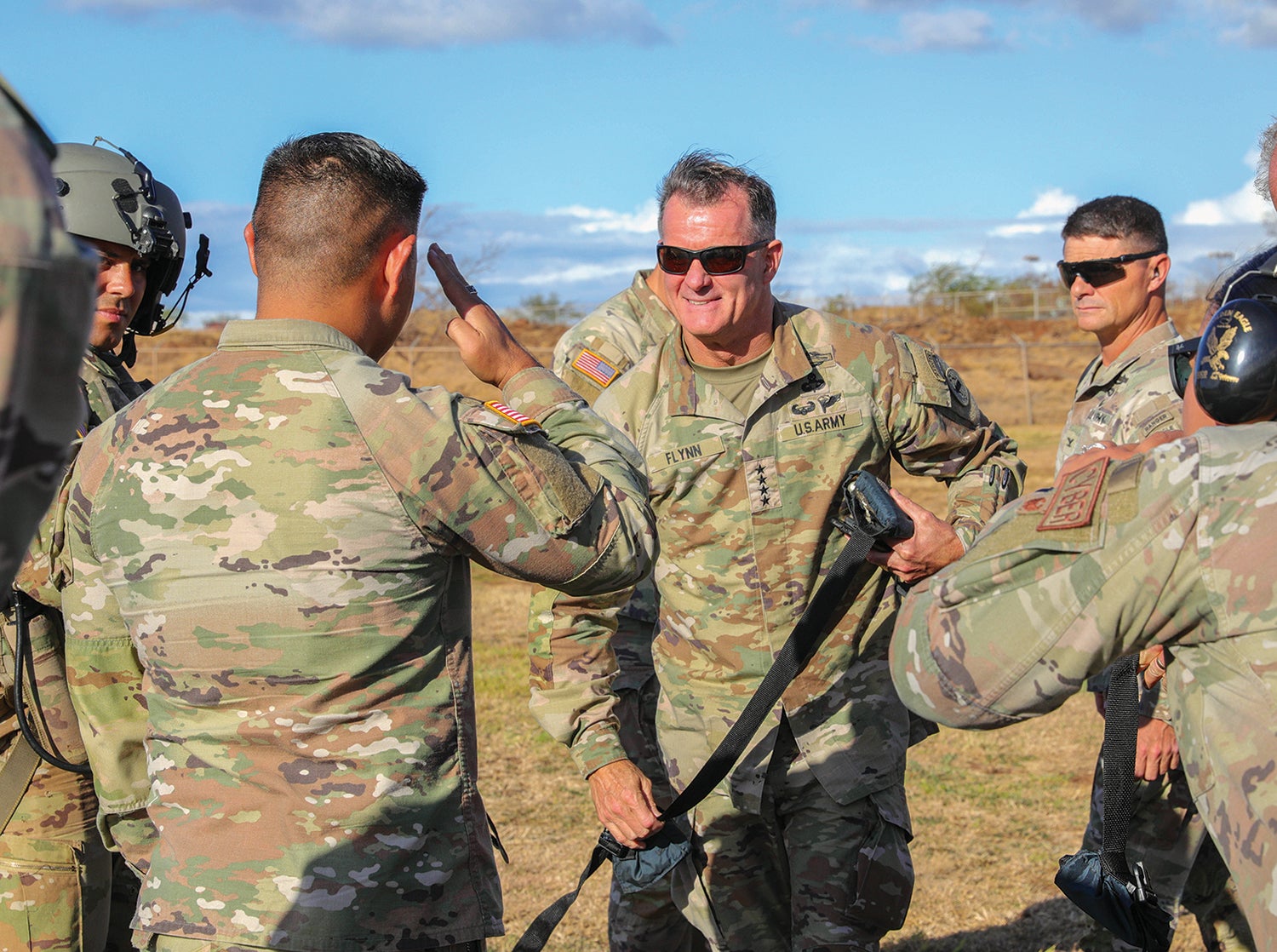
Defensive Endurance
Beyond the foundational capabilities needed to create joint interior lines, the defense requires lethal and nonlethal means to deliver the counterpunch. Paired with joint interior lines, those means create a defense that can withstand blows and go into the late rounds. Hammes hypothesized in his Joint Force Quarterly essay that if the U.S. “leads the shift to defense dominance, … it gains major strategic advantages.” Despite a map awash with blue ocean areas, controlling and defending terrain is of the utmost importance. Hammes added, “Fortunately for the allies, [anti-access/area denial] works both ways.” Terrain is decisive.
Connecting a prepared defense with our allies, with equipment and trained personnel, and backed by U.S. strategic deterrents, creates conditions for a friendly anti-access/area denial network—which, in theory, creates denial. The purpose of such a network is not to contain China, but rather to prevent China from further violating the national sovereignty and territorial integrity of our regional allies and partners.
Through their own words and actions, it is becoming increasingly clear that many nations of the region share this view. Australia’s 2023 Defence Strategic Review recommends adopting a strategy of denial, noting that the Australian Defence Force “must focus on the development of anti-access/area denial capabilities.”
Similarly, the Philippines 2023 National Security Policy places an emphasis on “protecting and defending its national sovereignty and territorial integrity on land, at sea, in outer space, and even in cyberspace … by building a strong deterrence.” The Republic of Korea and Japan have both issued similar documents and strategies as well.
In this uncertain time of limited resources, the U.S., together with allies and partners, must prioritize our pacing threat and invest intelligently to create conditions that deter conflict from occurring. Should that deterrence fail, we will have placed our forces in the most advantageous position to fight and win.
The denial defense—one for the region—will be a key part of how we collectively preserve the shared interests envisioned within a free and open Indo-Pacific.
* * *
Gen. Charles Flynn assumed command of U.S. Army Pacific, Fort Shafter, Hawaii, in June 2021. Previously, he served as deputy chief of staff of the Army for operations, plans and training. He has served in a variety of command, staff and leadership positions from platoon leader to division commander, with many of those positions in the Indo-Pacific Theater. He has two master’s degrees: one in national security and strategic studies from the U.S. Naval War College and one in joint campaign planning and strategy from the National Defense University.
Maj. Bill Lessner is an Army strategist with U.S. Army Pacific. A former field artillery officer, he previously served as a strategic planner in the War Plans Division, Army Staff, the Pentagon. He has a master’s degree in policy management from Georgetown University, Washington, D.C.

